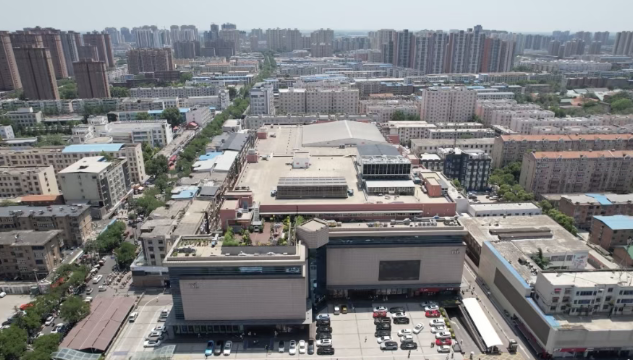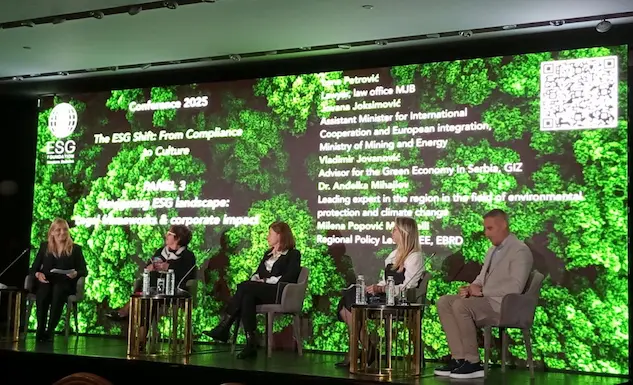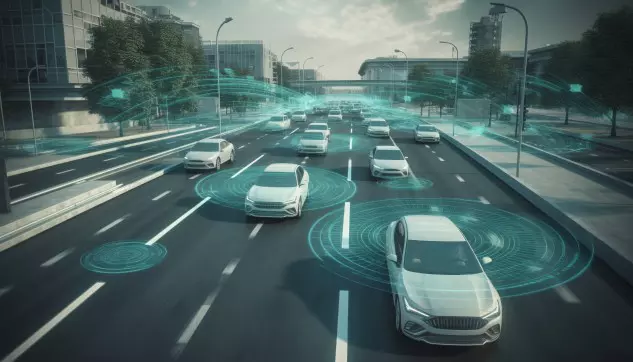The article is provided by our media partner 7ITSNEWS.
The excitement around V2X at this year’s congress is almost indescribable. From the moment you step into the hall, you’re greeted by a massive V2X installation at the U.S. DOT exhibition—setting the tone for everything that follows. The event was saturated with V2X-related activities: systematic experiments and tests by organizations like the U.S. DOT, companies dedicated to developing OBUs and RSUs, firms providing communication products, those focused on testing and managing OBUs and other equipment, and even traditional traffic management integrators jumping into the fray. Japan’s UTMS, developed over more than 30 years, has also embraced V2X and V2N (vehicle-to-network).
With V2X everywhere, it’s hard to know where to begin. Looking at the various sessions, the congress itself highlighted key themes—Connected Transportation topped the list with 38 sessions, underscoring its popularity. Here’s a brief overview of my impressions from several angles.
U.S. Experiments
U.S.-related content dominated the exhibition, reflecting current realities. The V2X installation at the entrance highlighted the congress’s focus—strikingly, it featured two real vehicles and traffic signals, which certainly caught the eye. Unfortunately, there didn’t seem to be much substantive content on display.

Nearby, a small track featured a staff member operating a truck model in a miniature testing area via computer, demonstrating processes like loading, unloading, and inspection under V2X—reminiscent of remote-controlled toy cars. A display screen looped a video showing a very familiar “ghost detection” scenario. Notably, Honda also showcased an animation highlighting the same concept.
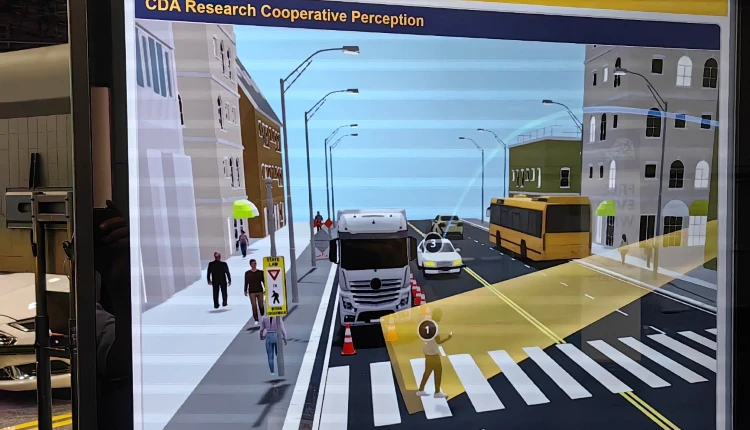
In contrast, a small V2X exhibit by Utah presented tangible progress: nearly 800 intersections in the state are already equipped with V2X technology, with plans to cover 1,200 by year-end (the Utah DOT manages 1,328 signalized intersections in total). Over 600 vehicles have been equipped with V2X devices, and interoperability between OBUs and RSUs from different manufacturers has been achieved statewide. The Utah DOT summarized V2X innovations into several categories: traffic information services, signal priority for snowplows, signal priority for public transit, and LiDAR detection, among others.
As is well known, the U.S. previously released a national V2X plan outlining a vision for the technology’s development over the next decade or so.
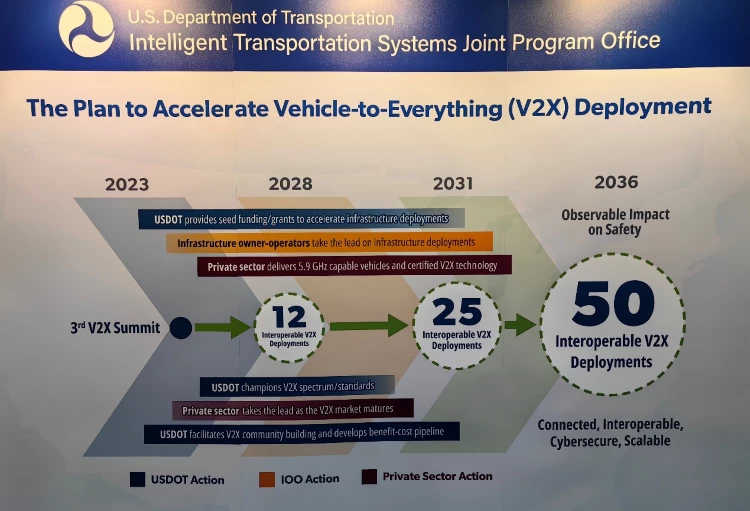
Related Equipment
Naturally, implementing V2X requires various devices, such as typical RSUs and OBUs.
Take Japan’s Smartpole as an example (Korea has a similar version, and of course, we have smart poles too)—a single pole integrates an RSU, detectors, communication modules, power components, housing, and more. Its applications are listed under six categories:
- Safe driving assistance
- Emergency vehicle driving support
- Large-scale disaster rescue support
- Automated driving support
- Road management information collection support
- Public surveillance/crime prevention
This gives a rough idea of its current functional positioning, primarily focused on auxiliary support.
Traditional integrators like YUNEX Traffic and Iteris have their own RSU and OBU products, while Kapsch prominently featured RSUs on its refined exhibition stand. Companies like Commsignia appear to specialize in V2X-related products.
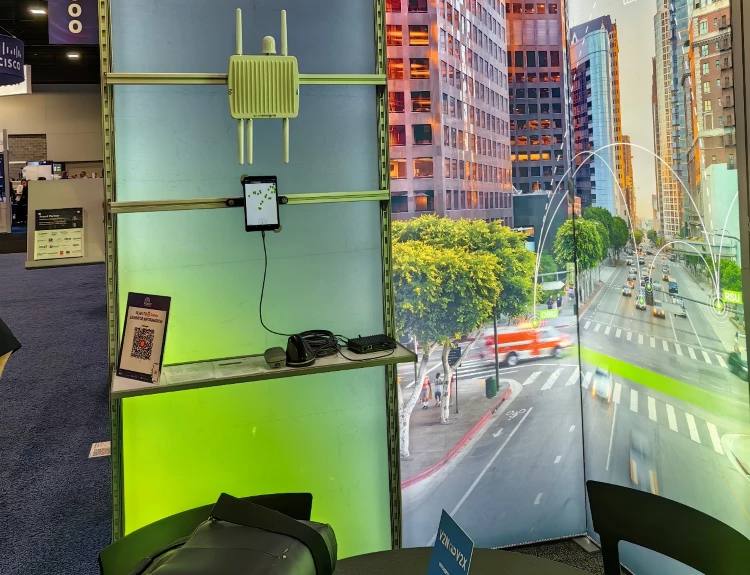
V2X inevitably involves communication—secure communication, to be precise. Thus, many exhibits focused on this aspect.
Some showcased switches, others security modules. Siemens exhibited its own switches, and Cisco did something similar. However, many smaller companies also offer comparable products. Conversations with one such company revealed that their products aren’t vastly different, but they emphasized that Siemens is a German company, while Cisco’s production lines are in China. The U.S. has certain requirements for using American-made products, so even smaller players can find a market.
Brief Reflections
Although V2X was everywhere, truly groundbreaking achievements were hard to find. The “ghost detection” scenario has been showcased countless times, and functions like emergency vehicle priority predate the V2X concept. There was also talk of equipping pedestrians and cyclists with OBUs to alert them to potential conflicts with vehicles—though when this will become widespread and how effective it will be remains unknown.
Support for automated driving was another frequently mentioned topic. This raises questions about the logical relationship between V2X and automated driving. While V2X could feasibly support challenging scenarios in automated driving, using it to directly control vehicles for full automation seems far-fetched at this stage. For now, its role remains largely informational.
Author: Ruimin Li
Sourse: The 31st World Congress on Intelligent Transportation Systems: The V2X Frenzy Is Beyond Words | 7ITS NEWS
Read more about smart transportation here and here.
